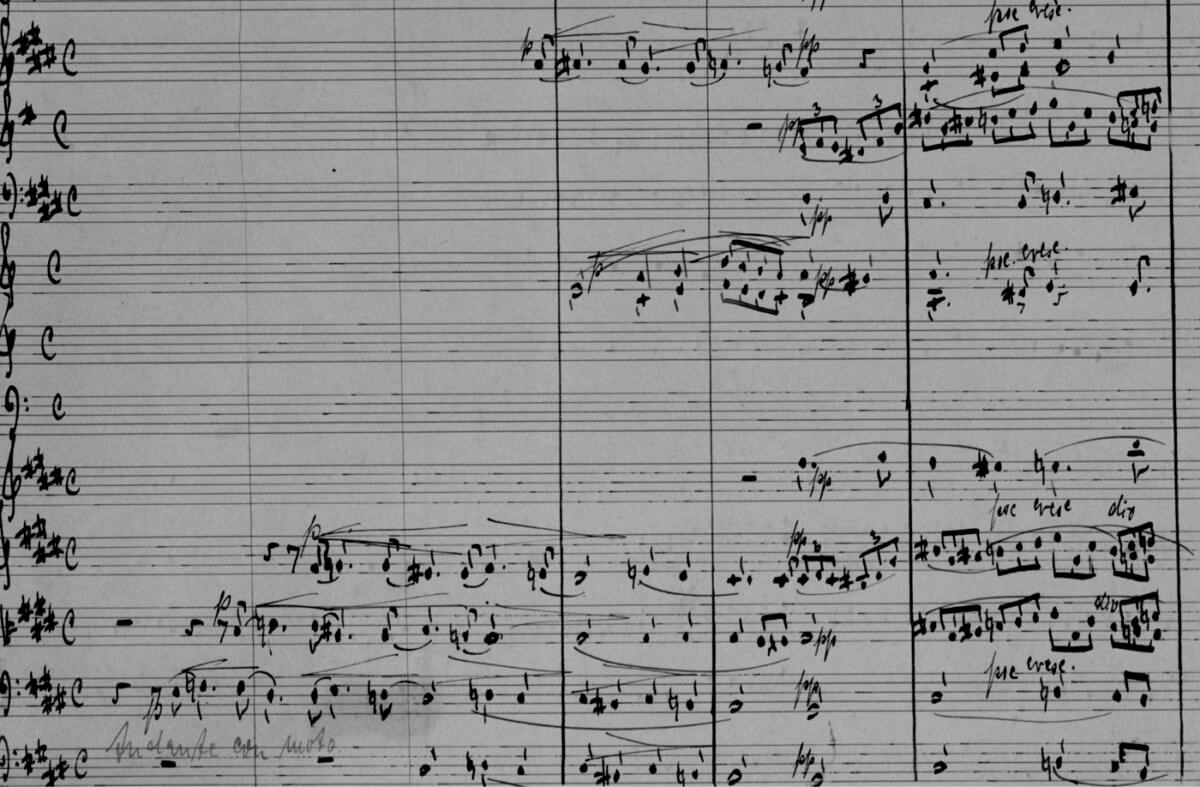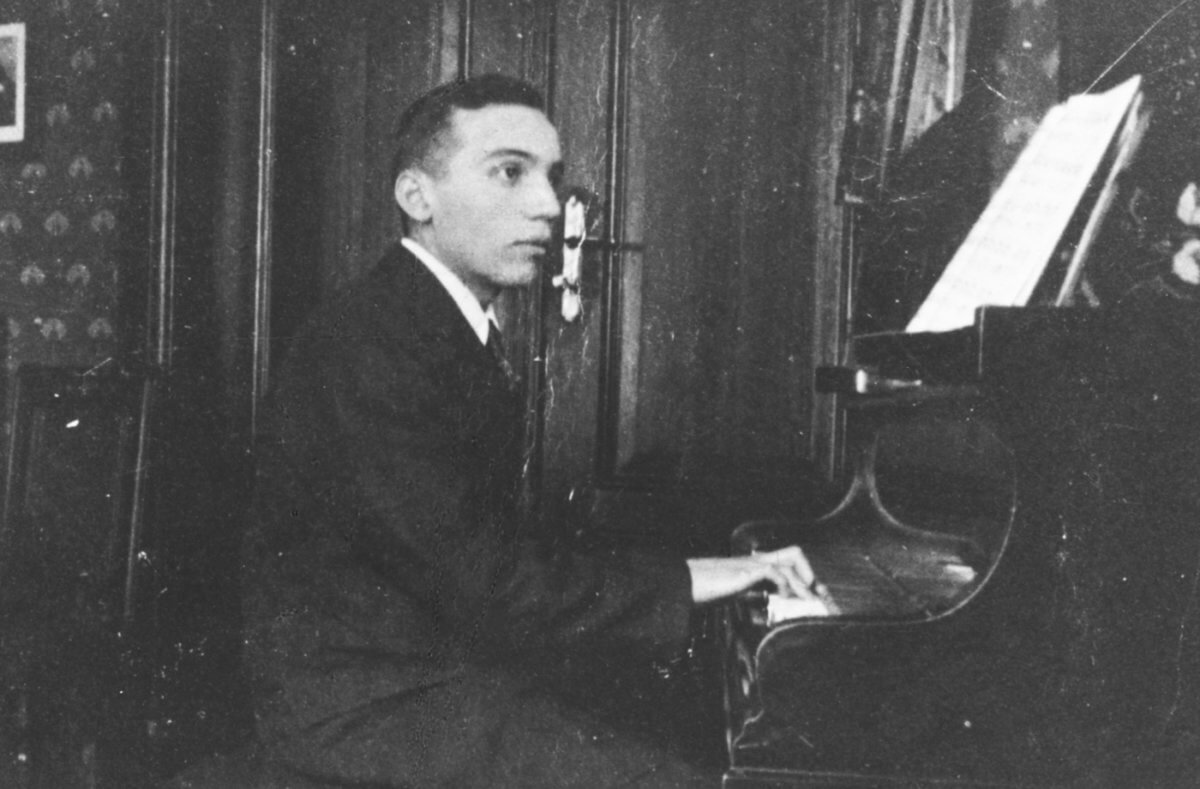LoveMusik
Work Details
Duration
Full Evening
Original Broadway Run
Opened 3 May 2007.
For information about licensing this work for use, see our online guide
Full Evening
Opened 3 May 2007.
For information about licensing this work for use, see our online guide
Note by Alfred Uhry:
LoveMusik is the real life story of Kurt Weill and Lotte Lenya, and the love and music they shared. Theirs was a tumultuous relationship, passionate, uneven and eventful, sweeping across the second quarter of the Twentieth Century from Berlin to New York to Hollywood. It tells the story of their collaboration with Bertold Brecht in such works as The Threepenny Opera and Mahogonny, their escape from Nazi Germany, and the later lives of all three in America. With the help of the Kurt Weill Estate, I was given access to material that was familiar (“Mac the Knife,” “Moon of Alabama,” “September Song,” “Speak Low,” etc) and material that was not (Buddy on the Night Shift,” “Berlin in Light,” “Shickelgruber,” etc.) The Weill songs, with lyrics by Brecht, Alan Jay Lerner, Ogden Nash, and, surprisingly, Oscar Hammerstein II, range from romance to cynicism to comedy. They underline and impassion the story of these two highly gifted theatre artists who adored and betrayed and upheld each other, all at the same time. I mean it to be presented in Weill/Brecht style, high key lighting, not much scenery, and a lot of theatrical imagination. It should be fierce and fun and, ultimately, heart breaking.
Note by Hal Prince:
When I was in high school, I recall standing in a long line to purchase tickets in advance for the opening of Kurt Weill’s One Touch of Venus. Previously, my parents had taken me to Knickerbocker Holiday, Lady in the Dark, and Love Life on Broadway and I had seen the German film of Brecht and Weill’s Threepenny Opera countless times. I was hooked.
In 1965, I went into rehearsal for the original production of Cabaret which starred, among others, Weill’s widow, Lotte Lenya. She epitomized the Weimar era in Germany and was among the last living performers from that golden period, which helped to give our production authenticity. The show was a huge success and we became good friends over its long run. I learned from her that the marriage to Weill was a stormy one, but that they always adored each other. What interested me was how much freedom he permitted her during their marriage in Germany and their subsequent re-marriage when they came to the United States, fleeing from the Third Reich. Weill spent a good deal of time in Hollywood writing film scores and, during that time, as devoted as they were, their marriage was an open one. What fascinated me was that although Weill certainly didn’t relish his wife’s outside affairs, he actually wrote The Firebrand of Florence to feature one of her other lovers in the co-starring role. He accepted their arrangement, but ironically Lenya did not, so, when she discovered that he had a mistress in California for at least a decade, she was deeply hurt. I found that ironical and, of course, theatrical.
So, I asked Alfred Uhry if he’d be interested in writing a biographical musical that was ultimately a powerful love story and which featured both Weill’s European oeuvre and his extremely popular Broadway scores. He was hooked.
The result was LoveMusik, which seemed to fascinate audiences and critics alike.
Performed by Donna Murphy on Broadway as Lotte Lenya, 2007

